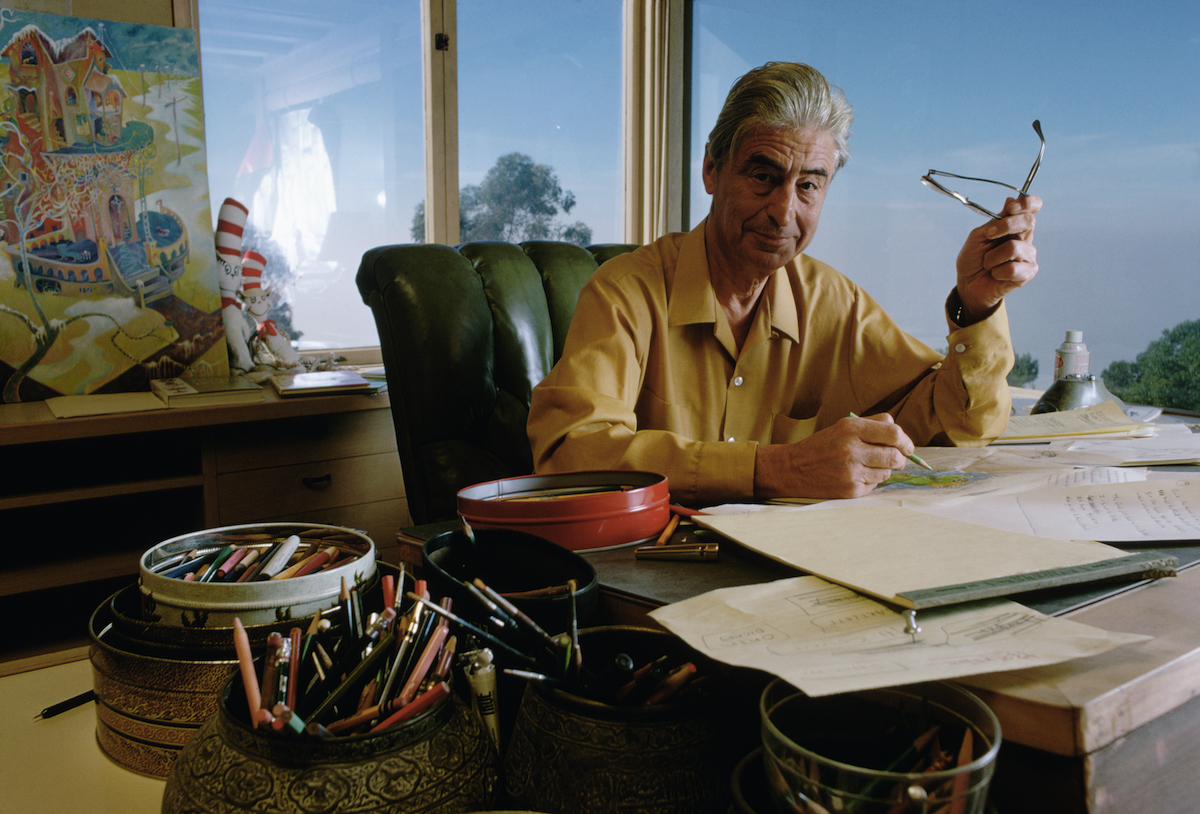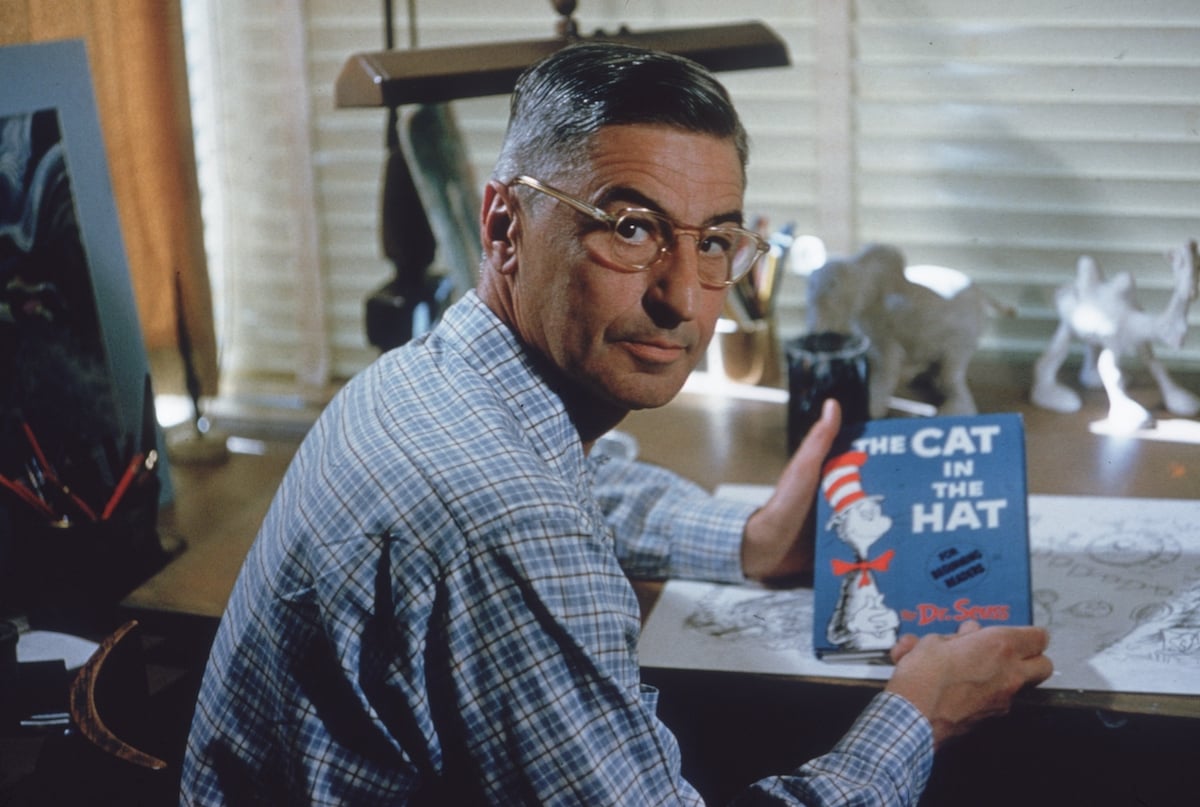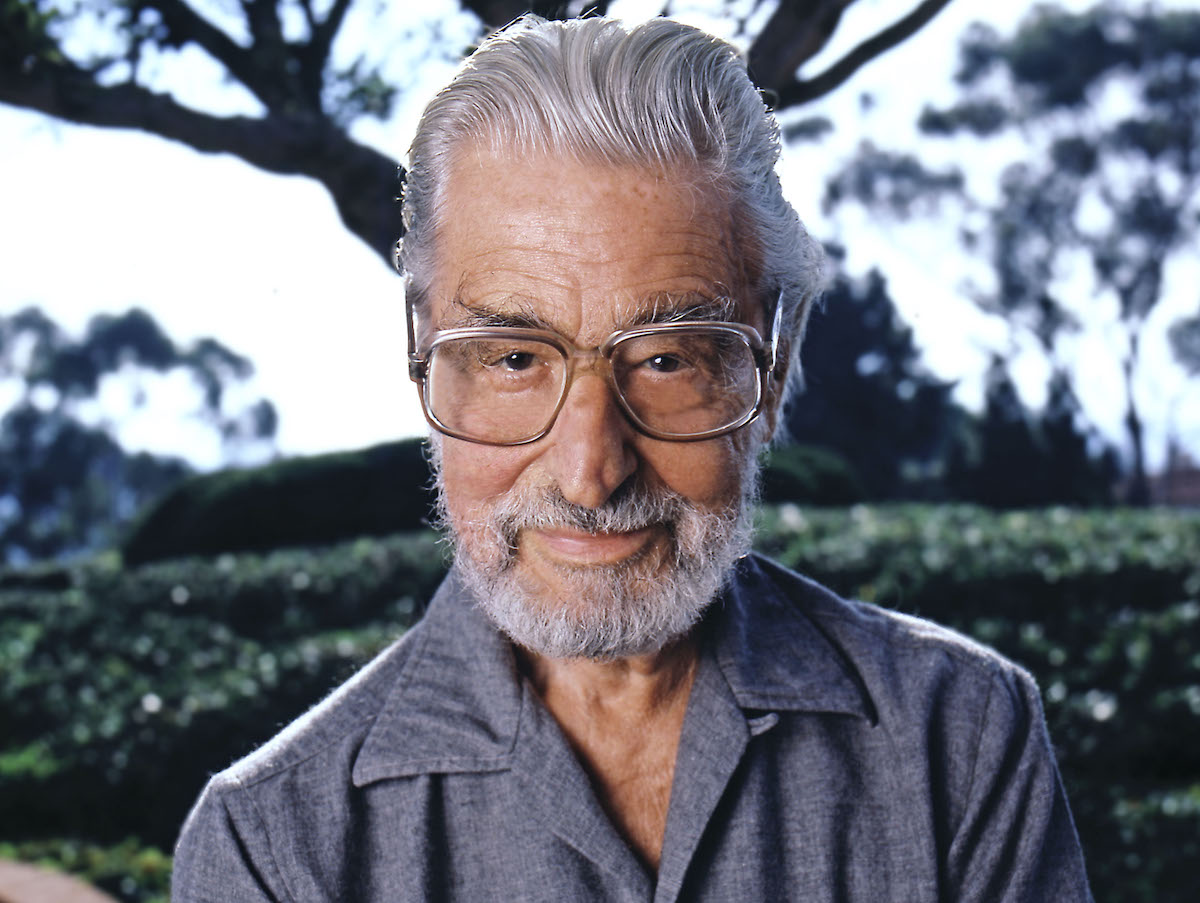Dr. Seuss Almost Burned the Manuscript of His First Children’s Book
Dr. Seuss hustled to get his first children’s book published, but it was a struggle. Before he was one of the most famous authors in the world, he faced constant rejections from publishing companies. The experience was so frustrating that he was ready to burn the manuscript and call it quits on the book.
Had it not been for one fateful encounter on New York City’s Madison Avenue. in the 1930s, Dr. Seuss’ first book might never have been published.

Dr. Seuss was a ‘mad man’ before he wrote books
Dr. Seuss was born Theodor Seuss Geisel. To his friends, he was known as Ted Geisel. The author was born on March 2, 1904, in Springfield, Massachusetts, and he attended Dartmouth College during the prohibition era.
In 1925, his senior year, he was caught illegally drinking bootleg gin with his friends and lost his position as his school’s humor magazine’s editor-in-chief. In a move he called “corny subterfuge,” he secretly continued to illustrate for the magazine under the pseudonyms “Seuss” and “T. Seuss,” according to History.com. (Seuss was his mother’s maiden name.) A couple of years later, he added the “Dr.” to the name because his father had always wanted him to study medicine. And thus. Dr. Seuss was born. But Geisel had a successful career in advertising before he ever got a book published.
He made ads for Flit bug spray, NBC, Ford Motor Company, Narragansett Brewing Company, and Essolube motor oil, and even created some of his signature fictional beasts into the ads.

Dr. Seuss’ first children’s book was published in 1937
Eventually, Seuss found his way to writing children’s books. The first manuscript he tried to get published was And to Think I Saw It on Mulberry Street, which was originally titled A Story That No One Can Beat, according to the Pittsburgh Post-Gazette. He eventually was successful on that front. But only after he was rejected 27 times.
According to History.com, fate was on the author’s side one day on New York City’s Madison Avenue. After having received yet another rejection of his book, Seuss was ready to burn the manuscript in his apartment’s incinerator.
Rather serendipitously, Seuss ran into an old friend from Dartmouth, Mike McClintock, while he was walking on Madison Avenue. That day just happened to be McClintock’s first day of work at Vanguard Press. His job? An editor for the children’s section of the publishing house. Talk about luck. Seuss signed a contract with Vanguard that very same day, under the condition that he change the title to something more quippy. And his first book was a hit. The rest is history.
The writer knew how lucky he got that day in New York City. He told his friends Neil and Judith Morgan, authors of Dr. Seuss and Mr. Geisel, “If I had been going down the other side of Madison Avenue, I’d be in the dry-cleaning business today.”

Dr. Seuss’ first children’s book was inspired by his hometown
And to Think I Saw It on Mulberry Street had a special place in Seuss’ heart. Mulberry Street was a street in his hometown that was close to the bakery his grandparent’s owned, according to Guy McLain, an employee of the Springfield Museum in Seuss’ hometown. The rhythm of the book was inspired by the chugging engine of a boat Seuss was riding home from Europe, according to NPR.
The story itself is about a son eagerly wanting to tell his father what he saw on Mulberry Street that day. In his excitement, he dreams up all kinds of animals and different descriptors of the very simple thing he saw. In the end, he tells his dad the simple truth, that all he saw was “a plain horse and wagon on Mulberry Street.”
It’s a good thing Seuss didn’t have the chance to burn that manuscript. You know what they say, 28th time’s the charm.


